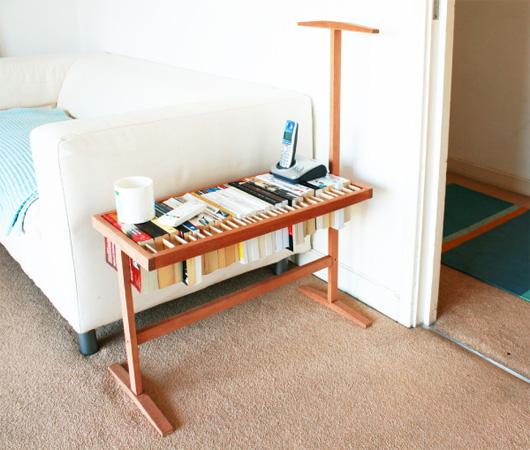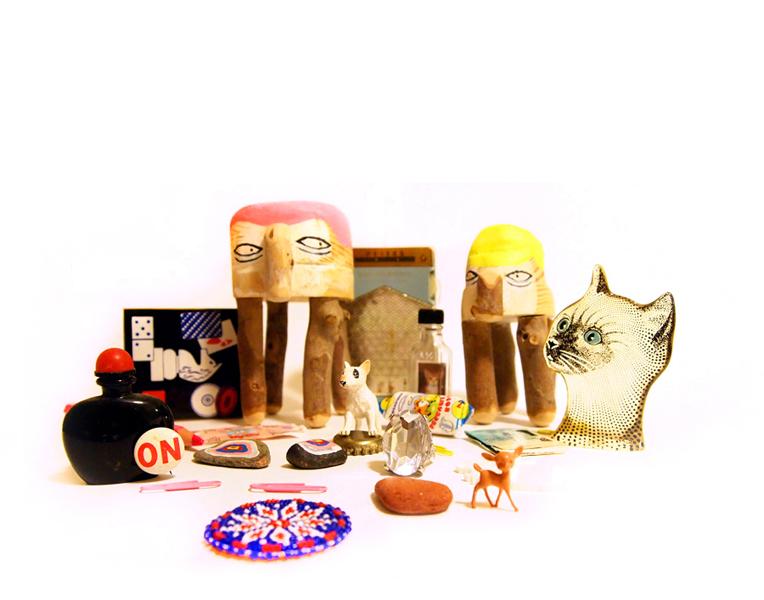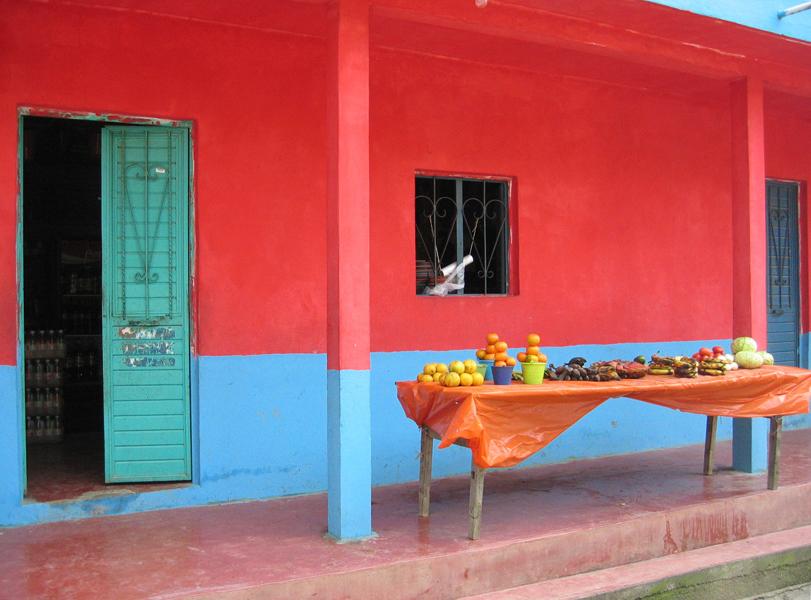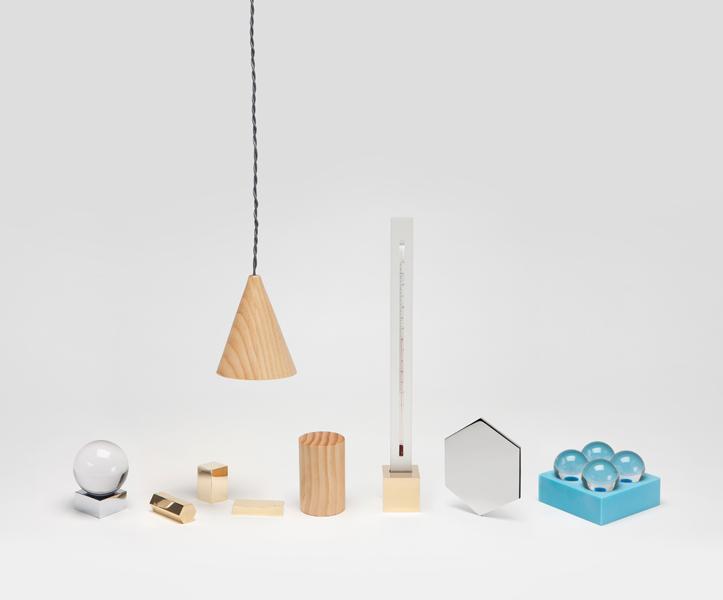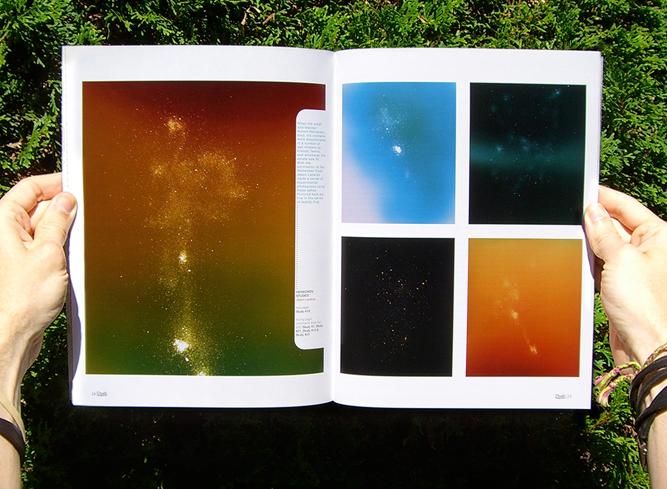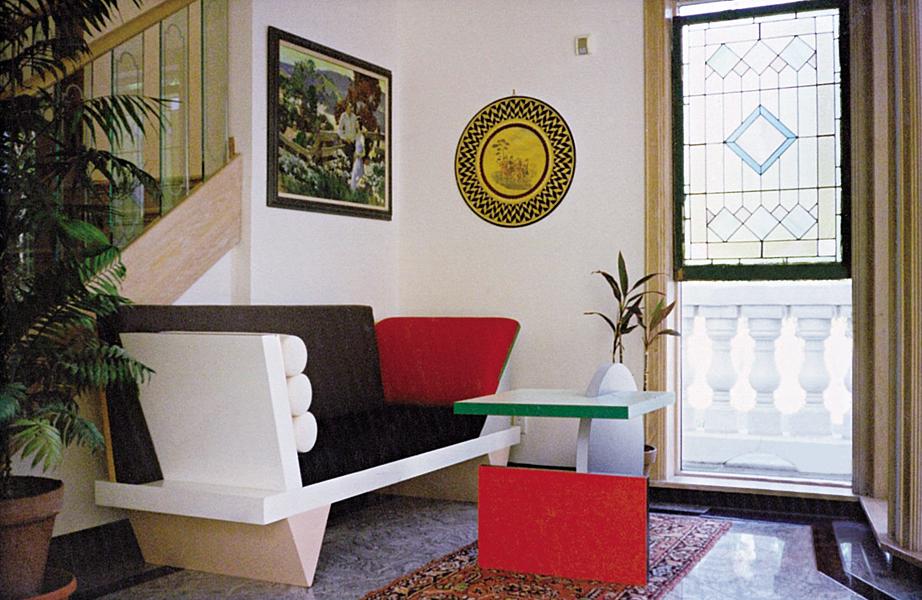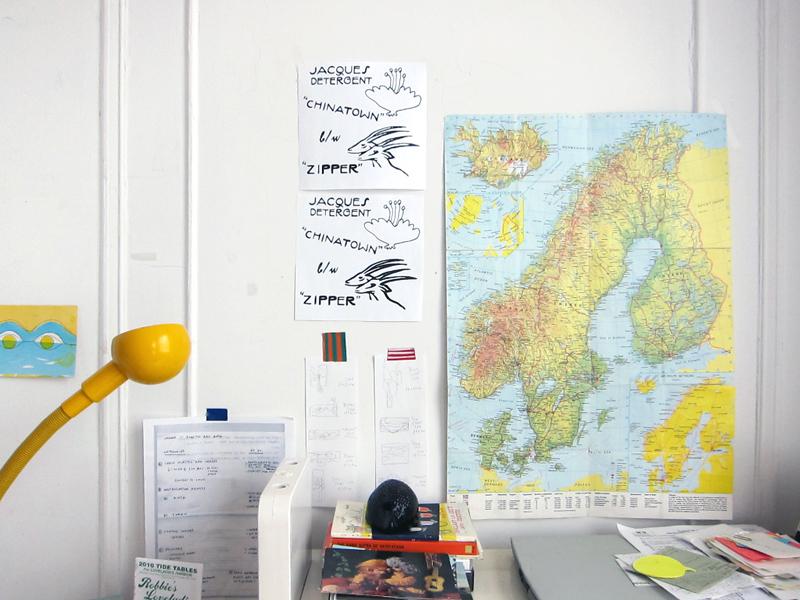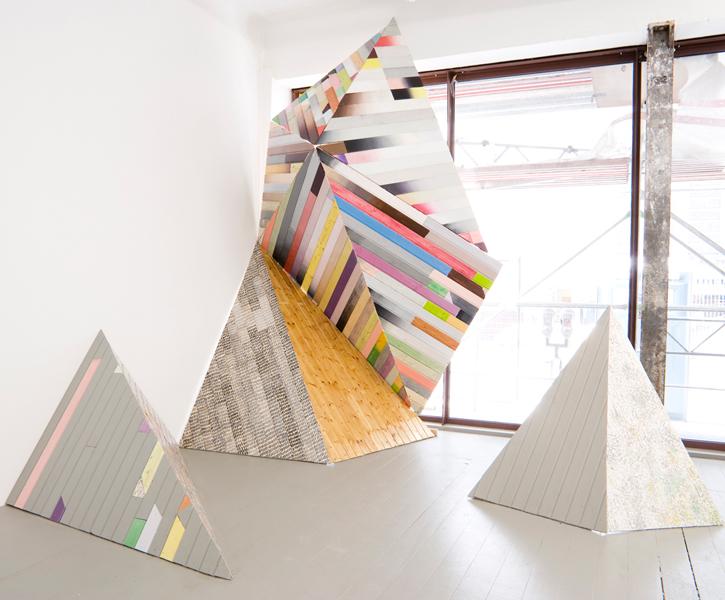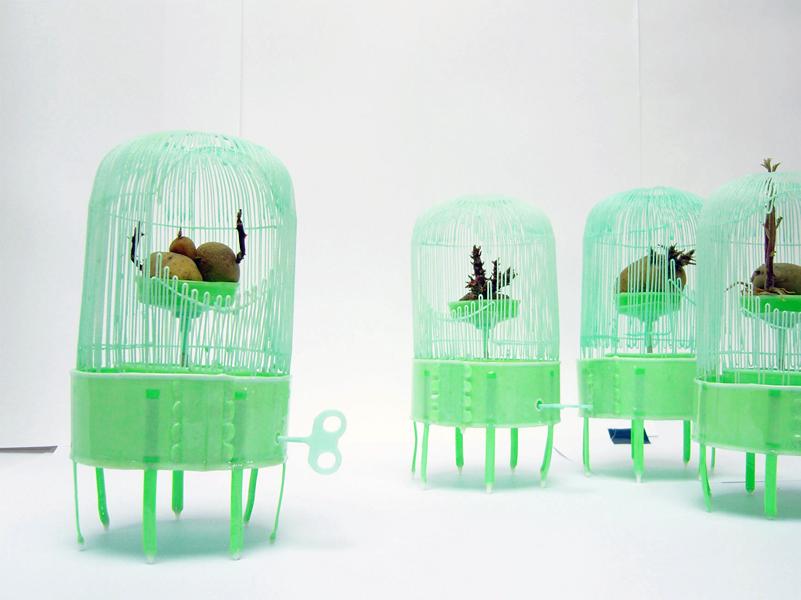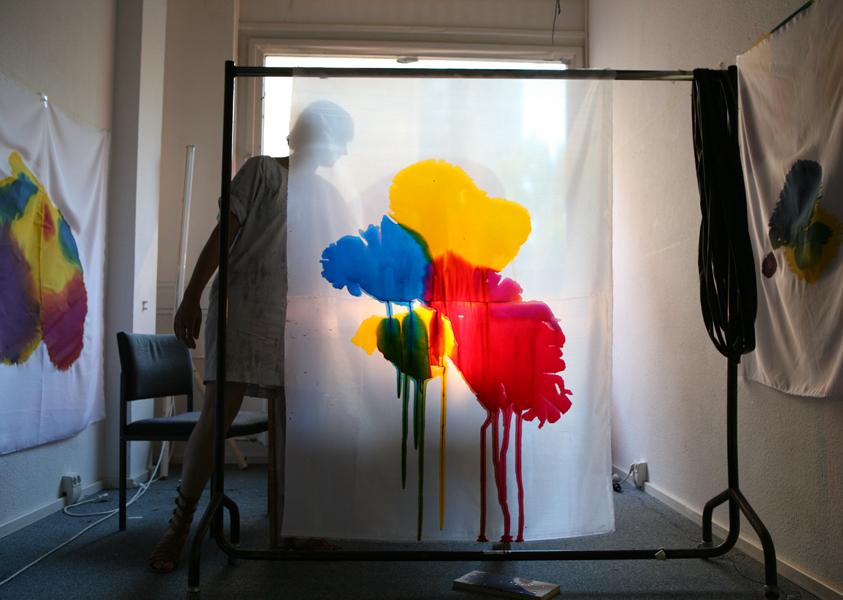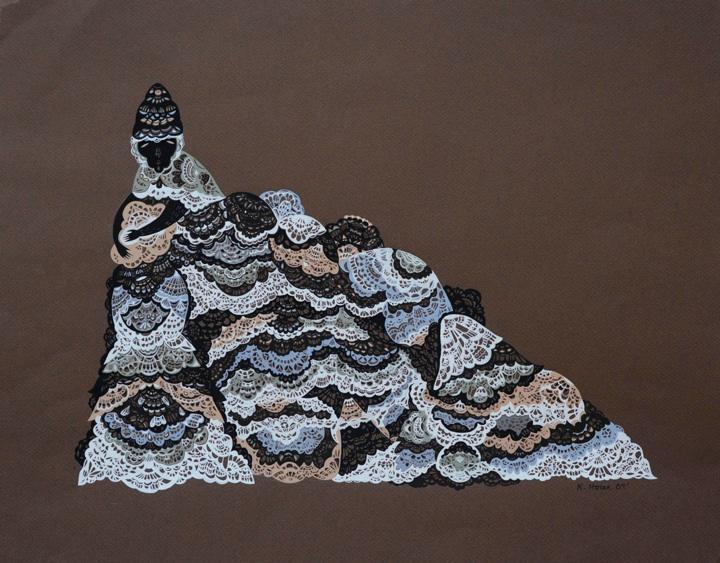
11.05.10
Sighted
Katy Horan, Artist
Sighted on the illustration blog Pikaland, an interview with artist Katy Horan, whose intricate paintings channel Victorian mourning rituals, ghost stories, children's books, and traditional feminine crafts. Of her folk-art influences, she says: "All these art forms that at one point may have been considered outside or less-than by the contemporary art world can make our work so much more interesting and dynamic. There has been a noticeable acceptance of (for lack of a better term) 'low brow' art forms such as illustration and folk art lately, and I think it’s a very exciting development for the art world."
